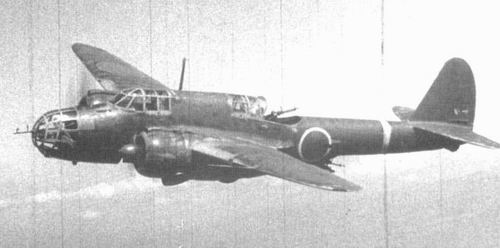 In commemoration of the 60th anniversary of V-J Day, I did a little research into what we could actually have seen over Tampines skies, if we had lived in 1942!!... and came through alive!
In commemoration of the 60th anniversary of V-J Day, I did a little research into what we could actually have seen over Tampines skies, if we had lived in 1942!!... and came through alive! 
OK first abit of history, bear with me;
08 Dec '41: Invasion force of the Japanese Southern Expeditionary Army, sailing from Hainan (China), ConSon Island and CamRanh Bay (Vietnam) heads across the South China Sea, and breaks into seperate landing forces headed for South Thailand and Malaya.
The 25th Army tasked to take Malaya (under Gen Yamashita) lands in Thailand - Songkhla (5 Div), Pattani (18 Div) and in Malaya - Kota Bahru (Takumi force)
The invasion was supported in the air by:
1) The 3rd Imperial Japanese Army Air Force (3rd Hikoshidan) made up of 4 Air Brigades (3,7,10 & 12 Hikodans) totalling about: 168 fighters/72 recce/108 light bombers/99 heavy bombers.
These flew across mainly from South Vietnam and Cambodia, immediately occupying Songkhla as the forward base from where they would support the Army's sweep down Peninsular Malaya.
2) The 22nd Naval Air Flotilla, part of the 11th Imperial Japanese Naval Air Fleet, based in Saigon was tasked to be the invasion Covering Force in the air, comprising the Mihoro, Genzan and Kanoya Air Groups (Sentai) and a fighter-escort 'Yamada' unit, totalling about : 37 fighters/6 recce/99 bombers.
This group is believed to have made the first air attack on Singapore (docks & airfields) on 08 dec '41, 04:10 am.
Pix: A5M Claude fighter / A6M Zero fighter / Ki-15 Bab Recce / G3M2 Nell bomber / G4M Betty bomber



































 RAF Malaya: 28 Fighters / 74 Bombers
RAF Malaya: 28 Fighters / 74 Bombers












Comment